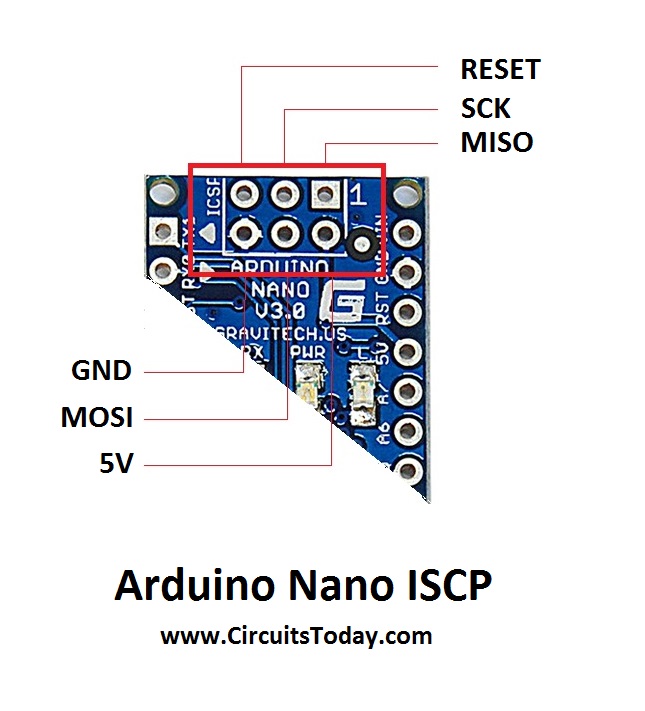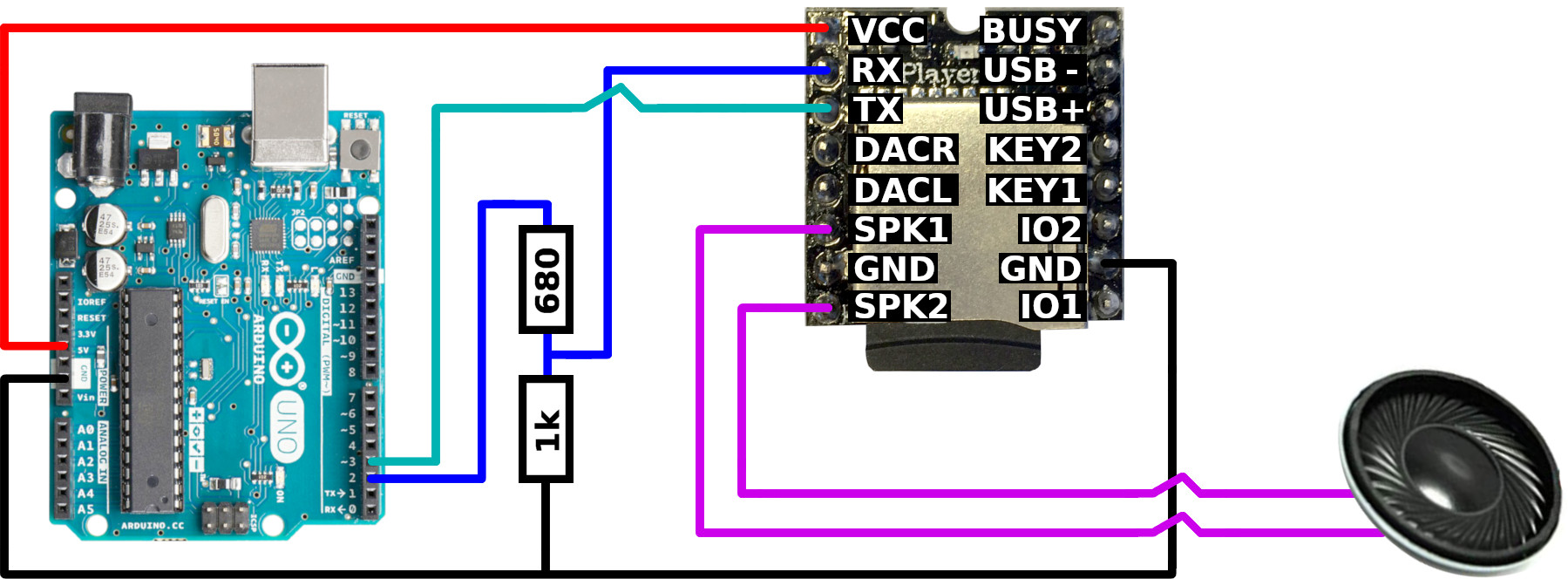

- #ARDUINO NANO PINOUT DIAGRAM SERIAL HOW TO#
- #ARDUINO NANO PINOUT DIAGRAM SERIAL INSTALL#
- #ARDUINO NANO PINOUT DIAGRAM SERIAL SERIAL#
#ARDUINO NANO PINOUT DIAGRAM SERIAL SERIAL#
There are ICSP (In-Circuit Serial Programming) pinouts for the ATmega328 that can be used in conjunction with a header (sold separately) to optionally replace the bootloader. The ATmega328P comes with the Arduino bootloader preloaded.


#ARDUINO NANO PINOUT DIAGRAM SERIAL INSTALL#
To install the Keypad library, go to Sketch > Include Library > Manage Libraries and search for “keypad”. This library takes care of setting up the pins and polling the different columns and rows. We’ll use the Keypad library by Mark Stanley and Alexander Brevig.
#ARDUINO NANO PINOUT DIAGRAM SERIAL HOW TO#
Programming the Keypadįor a basic demonstration of how to setup the keypad, I’ll show you how to print each key press to the serial monitor. Repeat this process for each one of the other columns until you have each one mapped out. Now press down another button in the same row, and insert the positive wire into each one of the other pins. The pin that makes the LED light up is the pin that’s connected to that button’s column. Now insert the positive wire into each one of the remaining pins. Now press and hold any one of the buttons in that row. To figure out which pins the columns are connected to, insert the ground wire into the pin you know is row 1. Now move the ground wire over to the next pin, press a button in a different row, and repeat the process above until you’ve found the pin for each row. If the LED lights up on a different pin, it means the ground wire is inserted into the row 1 pin. If none of the buttons in row 1 make the LED light up, the ground wire is not connected to row 1. If the LED lights up at one of the pins, press and hold another button in row 1, then insert the positive wire into each one of the other pins again. Now insert the positive (red) wire into each one of the other pins. Press any button in row 1 and hold it down. Insert the ground (black) wire into the first pin on the left. First, find out which keypad pins are connected to the button rows.


 0 kommentar(er)
0 kommentar(er)
